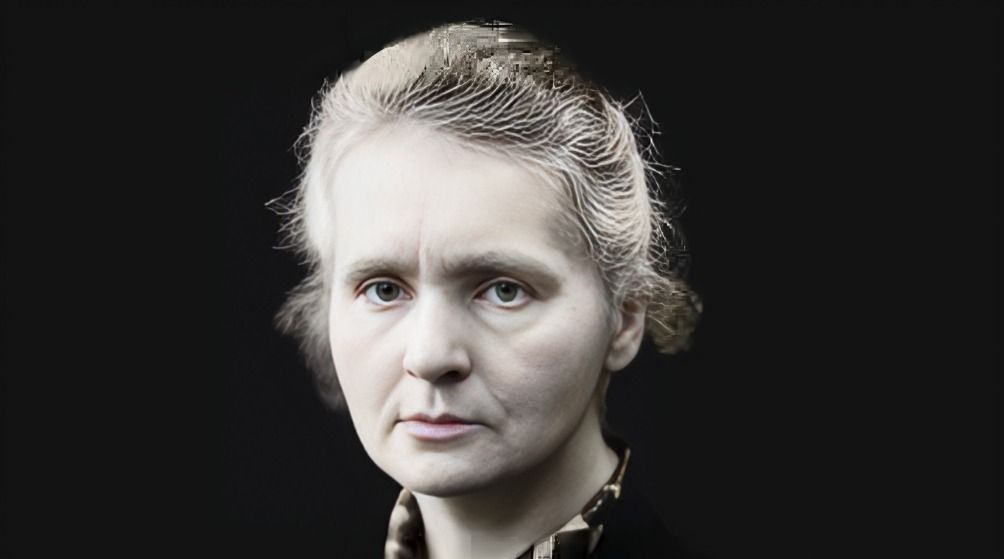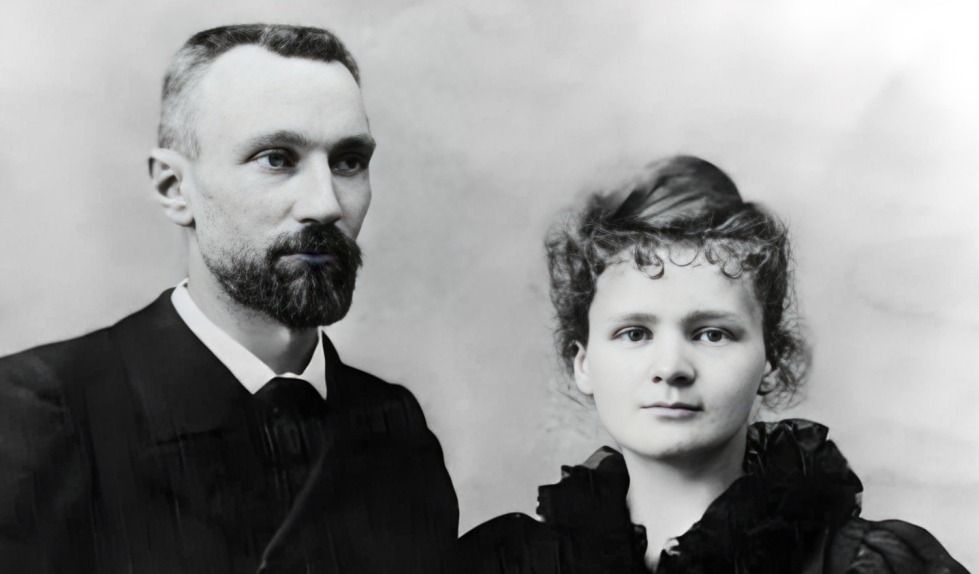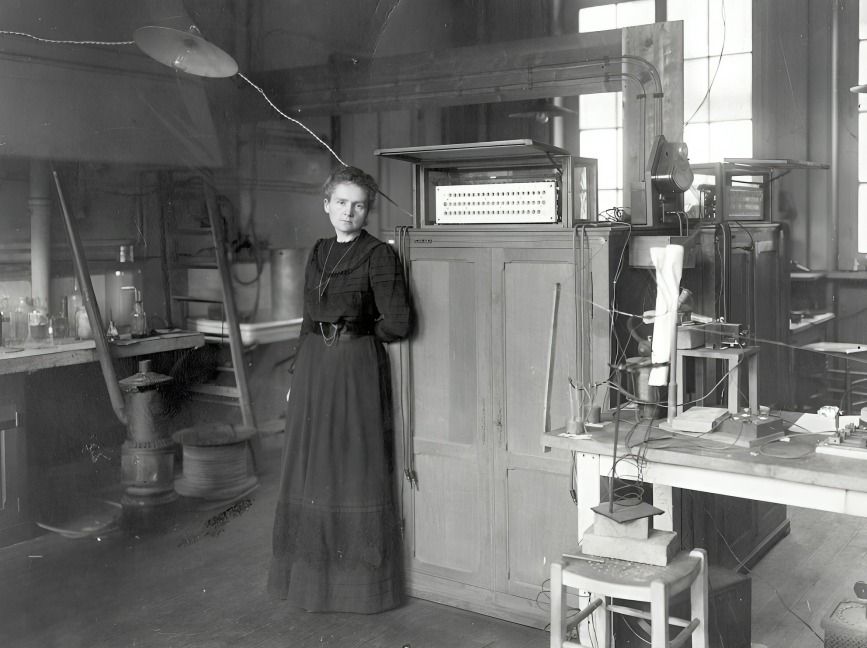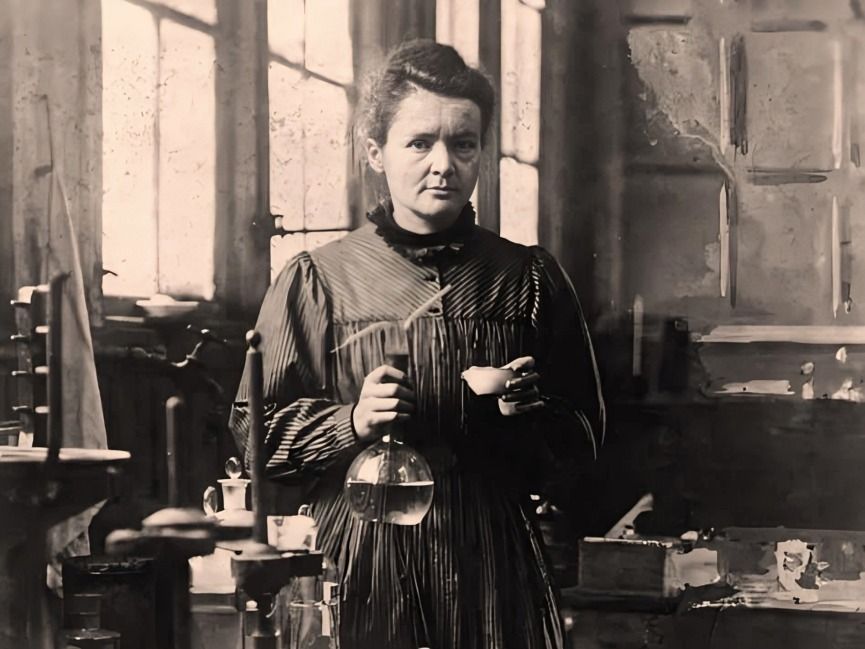
“
Marie Curie, a name synonymous with groundbreaking scientific achievement, broke barriers in a male-dominated field. Born in Poland in 1867, she moved to France to pursue her education, eventually becoming the first woman to earn a Nobel Prize and the only person to win in two different scientific fields: Physics and Chemistry. Curie's pioneering research on radioactivity, including the discovery of the elements polonium and radium, revolutionized the scientific community and opened new avenues for medical research. Despite facing numerous challenges as a woman in science, her determination and resilience made her a role model for future generations. In this blog, we will explore 20 interesting facts about Marie Curie, highlighting her remarkable life, achievements, and enduring legacy as an inspirational figure in history.1
”
Born Marya Sklodowska in Russian-controlled Poland in 1867, Marie Curie couldn’t attend university openly. She secretly studied at the “Flying University,” which changed locations to avoid detection by authorities.1
In 1891, Curie moved from Poland to Paris, facing financial difficulties as she pursued her studies. Living in cramped quarters and often working extra jobs, she persevered despite the many obstacles in her path.2
Marie Curie’s exposure to science began early, as she was raised in a family of educators in Warsaw. Her childhood fascination with science and math would define her life’s passion.3
Her Nobel Prize in Chemistry in 1911 marked her second Nobel win, making her the first person to receive Nobel Prizes in two different fields. This achievement solidified her legacy in science.4
During World War I, Curie developed mobile X-ray units, called “Little Curies,” to help treat wounded soldiers. This life-saving innovation on the battlefield was essential in advancing wartime medical care.5

Together with her husband, Pierre, Marie Curie co-discovered the elements radium and polonium, groundbreaking achievements that shifted scientific understanding of radioactivity and transformed modern science.
Marie Curie’s notebooks are so highly radioactive that they’re stored in lead-lined boxes to protect handlers from contamination. This eerie legacy highlights the risks she took for her work.6
When Curie won her first Nobel Prize in Physics in 1903, she became the first woman ever to receive a Nobel Prize. This pioneering achievement paved the way for future female scientists.7
After Pierre’s tragic death in 1906, Curie was appointed as the first female professor at Sorbonne University, making history once more as a trailblazer for women in academia. 8

Marie’s groundbreaking discoveries directly contributed to developing radiation therapy, a major advancement in cancer treatment that has saved countless lives.
Despite her incredible contributions, Curie often faced discrimination due to her gender. She had to fight for recognition, becoming a lasting symbol of perseverance in science.9

Curie worked in a basic lab, often carrying test tubes in her pockets, showing her dedication. The humble surroundings didn’t hinder her groundbreaking research on radioactivity.
Curie’s commitment to education for women was profound. She advocated for women’s participation in science, inspiring generations of women to pursue STEM careers.10
In her makeshift lab, Curie and Pierre worked tirelessly to refine tons of pitchblende ore, ultimately isolating radium and polonium. Their commitment was as extraordinary as their findings.11
Curie’s legacy lives on through the Curie Institutes in Paris and Warsaw. These centers continue to lead in medical research, ensuring her impact on health and science endures.12
Marie’s research notes and books are still radioactive from her years of lab work, a powerful symbol of her impact on science—and the risks she took to advance it.13

Curie became the first woman to be interred in Paris’s Panthéon, a prestigious honor given in recognition of her unparalleled contributions to science and humanity.
Curie’s contributions went beyond research. She published several influential books and papers, sharing her knowledge about radioactivity’s properties and potential uses.14
Curie’s daughter, Irène Joliot-Curie, won the Nobel Prize in Chemistry in 1935, becoming part of the first mother-daughter duo to receive Nobel Prizes, symbolizing a shared scientific legacy.15
The impact of Curie’s life is captured in books, documentaries, and films that highlight her struggles and achievements as a pioneering woman in science. Her story continues to inspire many.16


